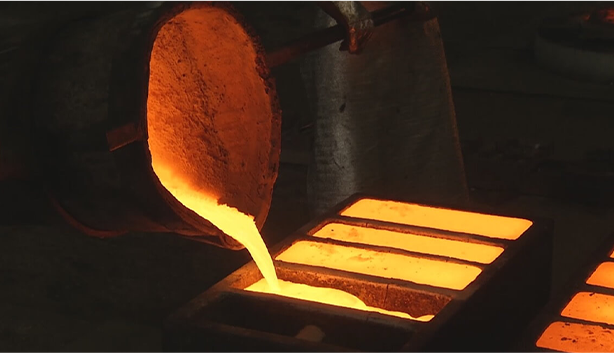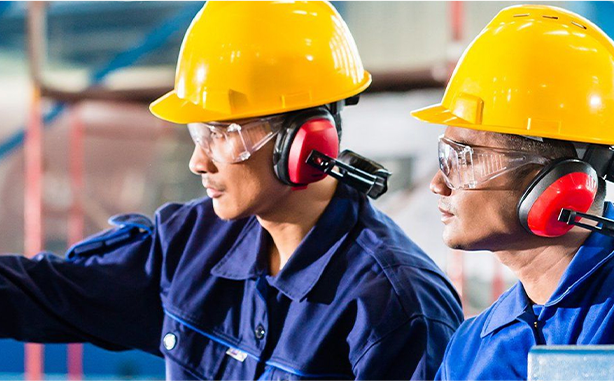Technology research and development focuses on improving the quality and performance of castings, production efficiency and cost reduction, optimizing the casting process, and providing product design and mold design capabilities.
Apply 3D printing technology to metal casting production;
Save time: Compared with traditional metal casting processes, 3D printing technology can greatly shorten the production cycle
Cost savings: 3D printing technology can reduce material waste and labor costs, reducing production costs
Improve precision: 3D printing technology can achieve high-precision parts manufacturing and improve product quality
Support diversity: 3D printing technology can produce diverse parts,
Use software to simulate mold opening to improve metal casting production efficiency and product quality and reduce costs

Improve design accuracy: Software simulation can more accurately simulate various factors in the metal casting process, such as material flow, temperature distribution, pores, etc., thereby more accurately predicting defects and deformation of castings and improving design accuracy.
Reduce design costs: Traditional metal casting requires the production of a large number of molds, but software simulation can be used to conduct virtual casting experiments on the computer, reducing the cost of making molds.
Improve production efficiency: Software simulation can quickly predict the defects and deformation of castings, thereby optimizing the design, reducing the number of trial castings, and improving production efficiency.
Optimize design solutions: Software simulation can help designers quickly try different design solutions and perform comparative analysis to find the optimal design solution.
Improve product quality: Software simulation can predict the defects and deformations of castings and optimize the design, thereby reducing the probability of producing defective products and improving product quality.








